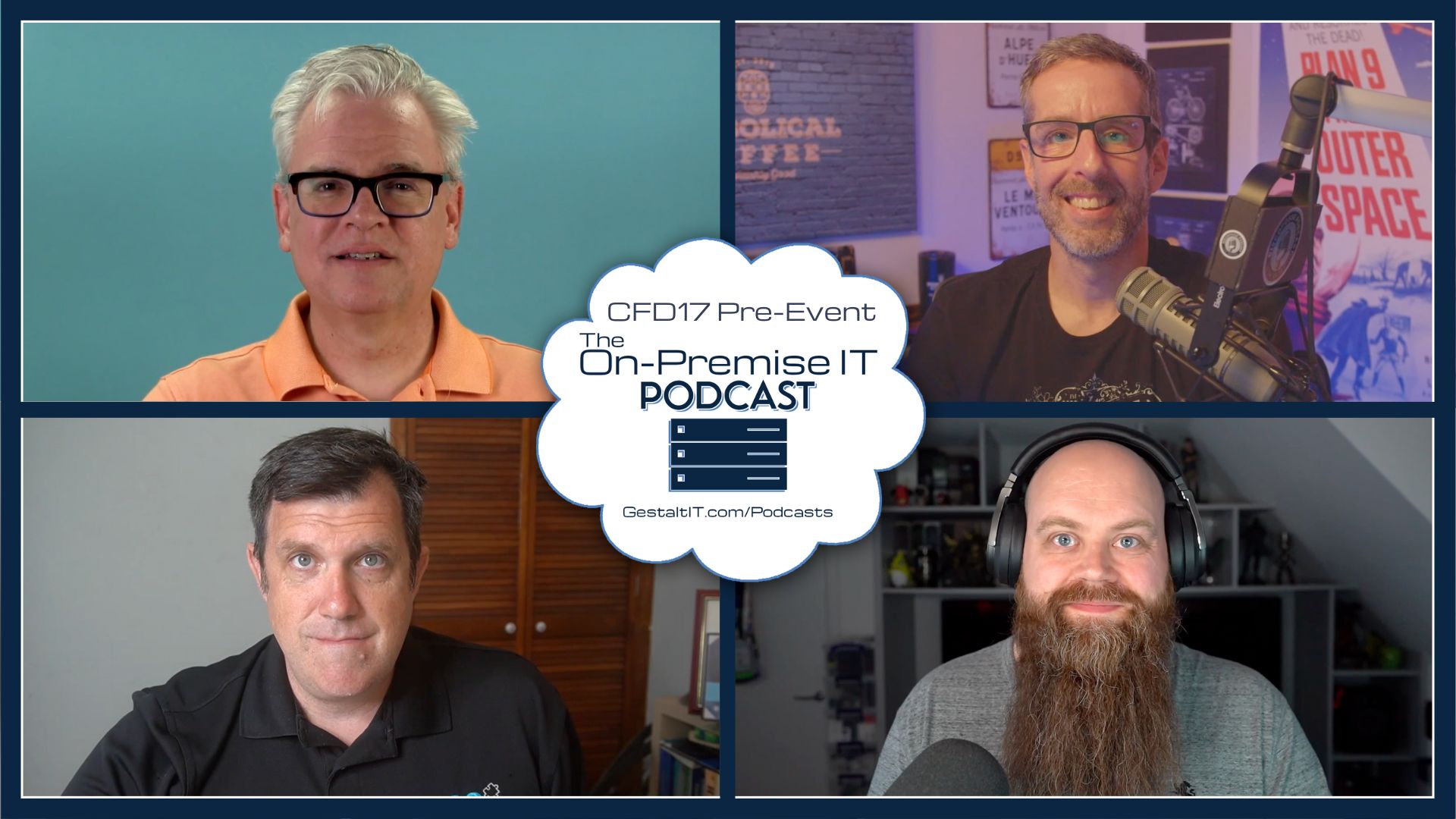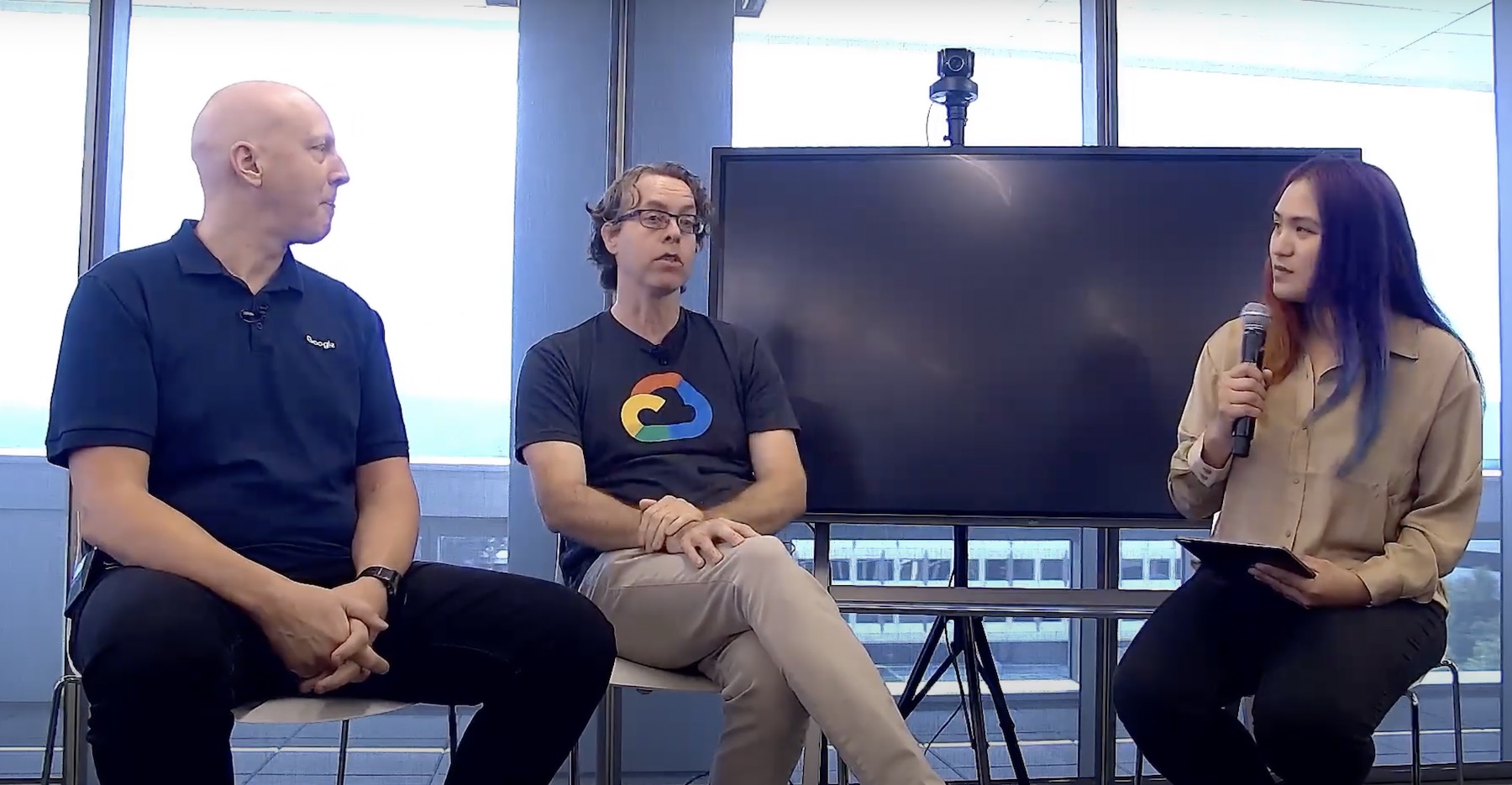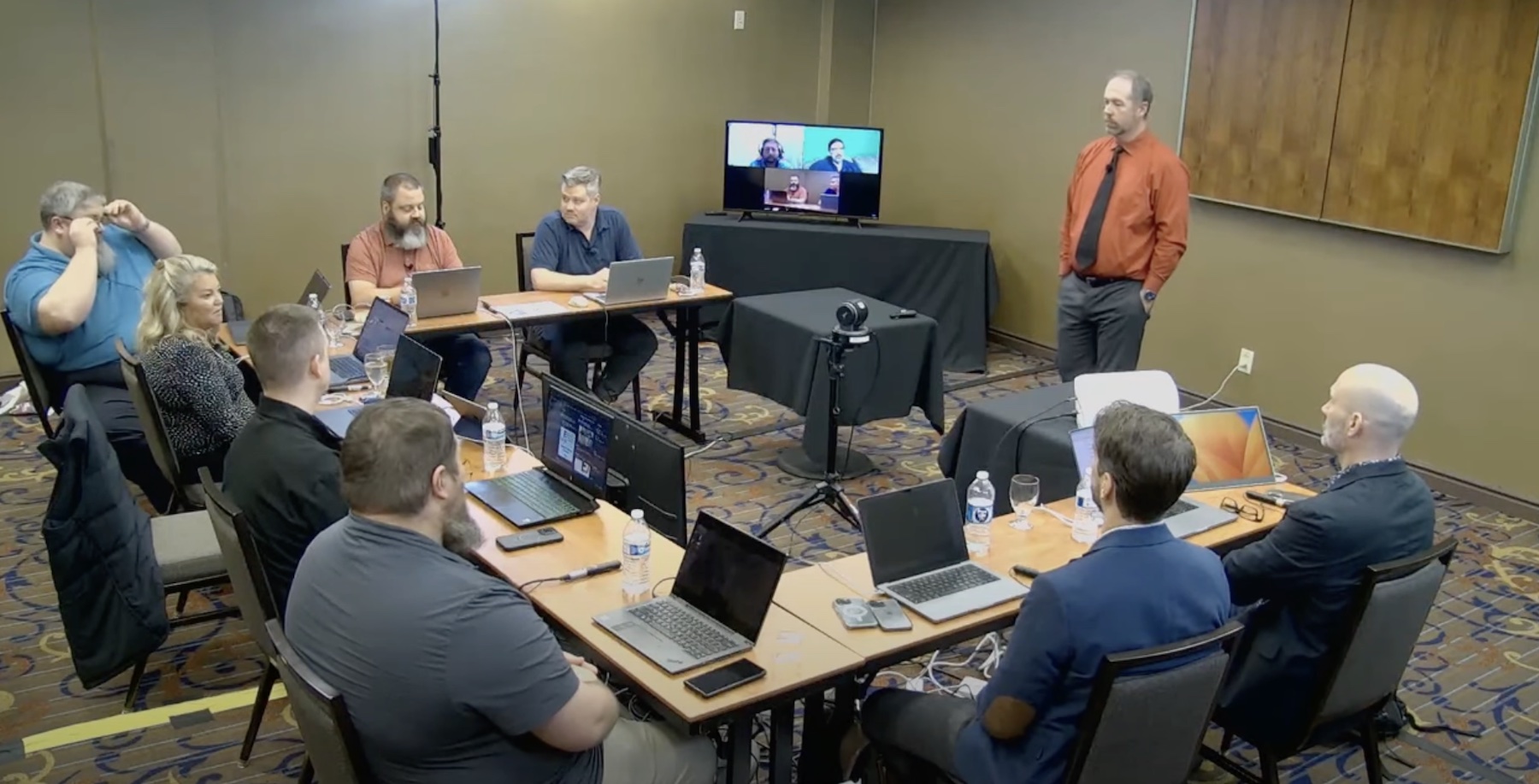With the rise of Cloudy Computing the boundaries between networking, servers and storage are changing. As the marketplace chooses new technologies, products and vendors our professional careers are going to change and evolve at the same time. In this article, I wanted to consider those changes and perhaps come to terms with the new environments from a career and personal perspective. In one way, I’m planning my career here by thinking out loud.
There is no constant but change
Perhaps the first thing to understand is that IT has always been changing, with several seismic shifts that changed the industry. The last thirty years have shifts from mainframe to minicomputers to distributed desktops to server centric computing. Perhaps, the last such change was in the late 1990’s when server centric designs (started by Novell and later Microsoft) became the fashion, and hasn’t much changed in that time. Perhaps because the server-centric era has lasted for so long, we have forgotten that all things are temporary in technology.
The Fear of Change
To my mind, one of defining factors of the push into cloud computing is the fear of change. That is, cloud computing appears to offer significant savings but IT departments are wary taking risks to self-integrate this technology. Today, IT Departments select best of breed technologies and then self-integrate them into the existing infrastructure. Thus, customers might select one vendor for servers, one vendor for networking and another storage, this selection process means that products matched skills and requirements for the needs of that specific business.
But historically, IT departments has a two vendor policy for all equipment to reduce the risk of failure. It was common for companies to use two types of firewalls, two server vendors, two networking suppliers. The impact of a failure by a single vendor to provide a quality product or suitable maintenance meant that an alternative was readily available. Additionally, competitive pricing of two vendors meant that vendor pricing could be kept under control. By inviting pricing from competitors the risk of technology companies for overcharge is mitigated.
On the other hand, a dual vendor policy means that two skill sets for operation and administrations must be maintained. I would maintain that having experience of two vendors is a far more rational decision since you will be aware of alternate methods and approaches and more flexible in your planning. Really, it’s not that hard, it just seems like it.
The Fear of Risk
Managers (probably fresh from their MBA courses) have decided that a single vendor policy reduces training costs (but conveniently forgetting that this increases purchase costs and risk by using a single vendor) and by reducing the technical breadth, operational costs are also reduced.
This has serious impacts on IT teams today, as many people believe that their careers are linked to single vendor. But lets look closely at what those skills mean.
The Skills Overlap
Lets consider the engineering skillsets that we have had for the last ten years, in this handy chart:

I think this graphic summarises the separation between the Infrastructure teams in the current market.
The Impact of Virtualisation
The arrival of VMware and their much improved systems management tools ( i.e vCenter ) rapidly displaced the existing virtualisation products and has gone on to create some disruption. I see this disruption represented in the following diagram:

The net effect of Server Virtualisation has been to break the direct contact between the Server OS and the external infrastructure. In many ways, this has been reasonably straightforward since nothing much changed. Networking still presented ports and VLANs to servers, and Storage continued to present LUNs and Megabytes. Different perhaps, but not really a fundamental change.
Enter Convergence
Since convergence of Storage and Networking has started, we are now seeing the skills graph look more like this:

Storage and Networking will integrate much more deeply, and VMware is moving to provide management tools that configure the Network and Storage layers. In my view, VMware is more about management tools and visibility than a virtualisation platform. These tools mean that costs can removed (by abolishing menial tasks) and visibility improved (thus reducing risk).
New Skills Maybe, but Just Skills
So lets break this down to skills. At least, lets pick the main skills and put that onto the graph. Here is a rough and ready reckoning:

So what ? The thing to notice is that the skills didn’t go away. All the skills that we use today remain vital and important. And the skills of tomorrow are just new skills. They could be storage networking, or the new VMware tools for managing storage configuration and network configuration. The traditional skills around Server OS, Internet Firewalls, and Drive Arrays don’t change and remain relevant in the future.
A Whole New Skillset
The new skill is what I call Converged Engineering. The skills that blends networking, storage and virtualisation experience and knowledge into a single point. Because the infrastructures all overlap, most organisations are going to need at least one person who can cover all the technologies. I suspect that this is new “hot job” for the next ten years.
The Stack / vBlock
I think that this also demonstrates why the the vendors are offering a solution stack. They need to make, train or create these Converged Engineers who can design and lead the early adopters into successful deployments. In a couple of years, there will be more people who have the new skills, and most likely the stacks will collapse into best of breed solutions that are integrated by the customer. In the short terms, the skills shortage means that vendors will need to cover the gaps with engineers, probably speciallly picked and heavily trained, who can cover the spectrum of skills in networking, storage and virtualisation.
Also, as the products develop and technologies progress the knowledge will change rapidly. For example, DCB is not yet finished and may yet change, and the final practice is yet to be seen.
The EtherealMind View
First, Networking isn’t going away. The skills you have today, will still be needed tomorrow. You ARE going to have to learn new skills, and change your working relationships. The integration with storage and virtualisation is going to intense and challenging. Second, most of the menial work will shift into automated tools on the virtual platforms. For example, VLAN creation, port allocation and IP addressing will be done by automated software in VMware.
Just because the last ten years hasn’t seen much change or innovation doesn’t mean that innovation has stopped. It’s time to knuckle up and reach for new knowledge and skills, I need to be thinking about where my career fits in the new model.
And that’s the same as always because change is the only constant.




